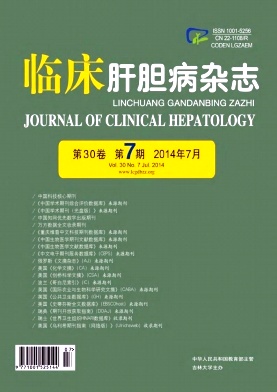Objective To study the features of Kawasaki disease (KD) with liver damage and investigate the possible related factors, and to improve the understanding of liver damage in KD patients. Methods The clinical data of 75 KD patients admitted from 2008 to 2013 were collected to retrospectively analyze the clinical features of liver damage, as well as routine blood test, C- reactive protein (CRP) , erythrocyte sedimentation rate (ESR) , liver function, and abdominal ultrasound. Categorical data were analyzed by chi- square test; continuous data were expressed as mean ± standard deviation; comparison between groups was made by t test and multivariate stepwise regression analysis. Results The incidence of abnormal alanine aminotransferase (ALT) level in 75 cases was 32%, and 79. 2% of these patients had a serum ALT level of less than 200 IU /L, including 3 patients with hepatomegaly, 1 patient with jaundice, and 1 patient with splenomegaly, which accounted for 12. 5%, 4. 2%, and 4. 2%, respectively, of patients with liver damage. CRP and ESR were not found to be related to liver damage (t = 1. 560, P = 0. 123; t = 1. 291, P = 0. 201) . There was significant difference in platelet count between patients with liver damage and controls (t =- 3. 228, P = 0. 003) . No significant difference in white blood cell (WBC) count increase was found between the liver damage group and control group, but simultaneous increase in WBC count and platelet count was significantly associated with an increased risk of liver damage (P < 0. 05) . Conclusion CRP and ESR are not found to be significantly related to the development of liver damage, but there is a close relationship between liver damage and abnormal platelet count. WBC count shows a certain relationship with liver damage. Clinicians should pay attention to these factors and take timely measures for intervention.







 DownLoad:
DownLoad: